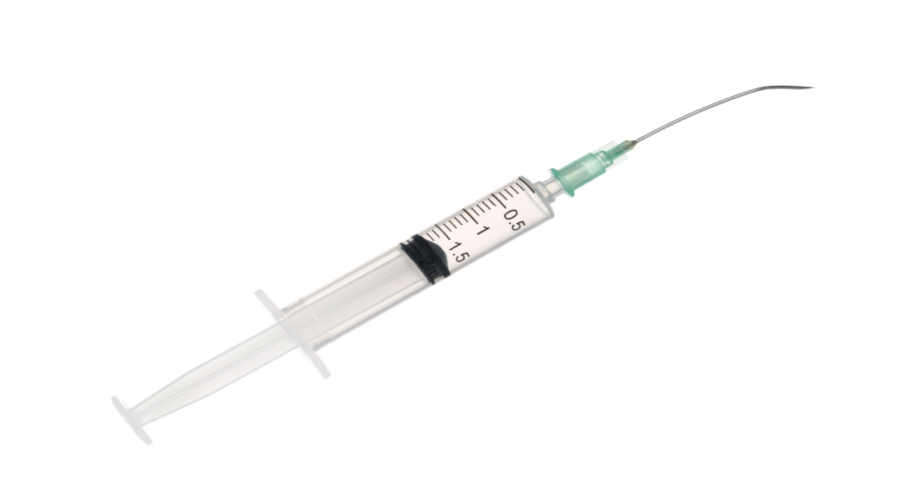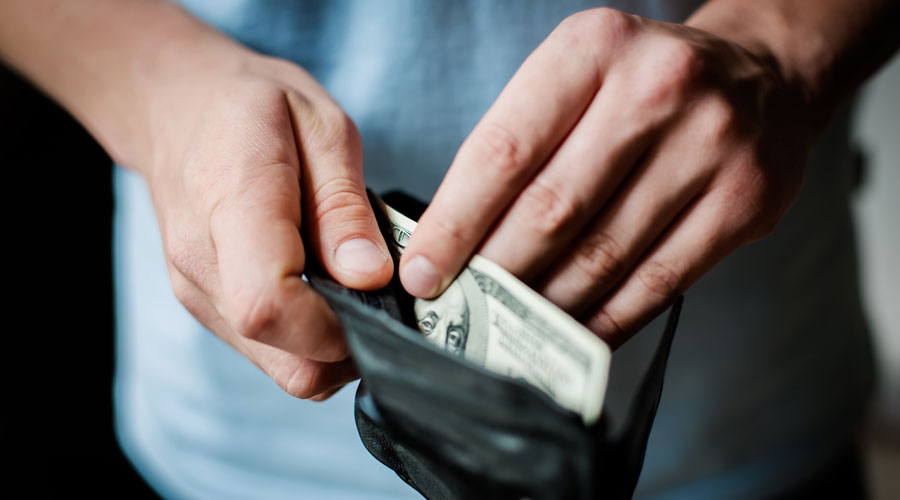Inside: You could be losing inventory without even knowing—learn how to get a grip on pharmacy shrinkage.
If there are items accounted for in your inventory that aren’t actually in the store, your pharmacy might have an issue with shrinkage.
According to the National Retail Security Survey conducted by the National Retail Federation (NRF), the average shrink rate for all retail organizations hovers around 1.38 percent. Luckily, smaller retailers like independent pharmacies experience a lower average shrink rate of only 0.9 percent.
That may seem like a very small number, but when it’s not kept under control, shrinkage can eat into your bottom line. Even a modest shrink rate of 1 percent can end up costing you tens of thousands of dollars over the course of a single year.
How to Calculate Shrinkage
To know whether or not you have a problem with pharmacy shrinkage, you have to compare your accounting records with your physical inventory. Use this formula to find the dollar-amount of shrinkage you’ve experienced.
Inventory Shrinkage = Value of Inventory Listed in Accounting Records – Value of Physical Inventory
To calculate your shrinkage percentage to see whether you are on par with the rest of the retail industry, use this formula:
Shrinkage Percentage = (Inventory Shrinkage ÷ Value of Inventory Listed in Accounting Records) x 100
Causes of Shrinkage (and How to Put a Stop to Them)
There isn’t one single factor that causes shrinkage. Knowing the most common causes will help prevent the problem at the source.
Shoplifting
The top source of pharmacy shrinkage is shoplifting, accounting for 37 percent of losses per the NRF.
While you may have a mental image of a teen stuffing trinkets in their pockets, according to the National Association for Shoplifting Prevention, 75 percent of shoplifters are adults, and the crime is committed by men and women at similar rates.
This makes it pretty tricky to identify a shoplifter by just looking at them, and often their tactics are savvier than just taking an item without paying. Tag switching is a common method, where the shoplifter will swap out a piece of merchandise’s tag for a cheaper item.
The NRF found that the average loss per shoplifting incident in 2018 was a whopping $546.
How to stop shoplifting:
While you may not be able to prevent all shoplifting, effective management can cut down on losses from customer theft.
Create a high-visibility layout
Having a well-lit store with few to no blind spots will make potential shoplifters feel exposed and discourage them from taking items without paying. This can be augmented by installing mirrors or security cameras.
Provide excellent customer service
If patients are greeted as soon as they walk in the door and asked if they need help as they walk through the store, wannabe thieves will know they are being monitored.
Know which items are at risk
Items that are small but still fetch a high price are prime targets for shoplifting. Some items might benefit from being kept in a locked case, while others can be displayed within eyeshot of the register.
Train staff to recognize the signs
Visitors carrying large handbags, strollers, or umbrellas might be trying to disguise stolen merchandise. Shoplifters might also act nervous or spend a lot of time watching for clerks instead of shopping. However, it’s important not to make generalizations—remember, shoplifters don’t fit into one specific profile.
Employee Theft
While you would probably like to think of your employees as trusted members of the pharmacy team, about 30 percent of pharmacy shrinkage is the result of employee theft, according to the NRF survey. In 2018, businesses lost an average of $1,264 per every dishonest employee.
The theft ranges from slipping a few bucks out of the cash register and fudging the numbers at the end of their shift to stealing high dollar merchandise. Some employees will adjust their time cards so they are getting paid for hours they didn’t work, which is also considered theft.
How to stop employee theft:
The best way to stop employee theft is to do your research before hiring. That means conducting background checks and credit checks to screen out anyone who might prove to be untrustworthy.
A bad apple might still slip through, though, so it’s important to put safeguards in place.
Conduct audits
By performing random cash counts and having someone other than the sales clerk balance the register, you cut down on cash theft.
Use a surveillance system
Placing a camera behind the register or in the stockroom will help you identify any employees who steal.
Schedule responsibly
Employees who work in isolation have ample opportunity to misbehave, so ensure that no one is scheduled by themselves.
Take anonymous tips
Make sure good employees feel comfortable coming forward when their colleagues are stealing from the pharmacy.
Forego the bag checks
One move big chain stores make to cut down on employee theft is checking employees’ bags as they leave. This can create an atmosphere of resentment, as it’s a pretty big invasion of privacy. Unless there is an out-of-control problem of employee theft, most managers should avoid instituting a bag check policy.
“Paper Shrink”
Shrinkage isn’t always bad actors taking money and goods from your pharmacy—sometimes money gets lost in administrative errors.
“Paper shrink” is when there’s a discrepancy between the inventory on the books and inventory on the shelves that isn’t caused by theft or fraud. It accounts for 21 percent of all pharmacy shrinkage, according to the NRF. This could mean that an SKU has been entered into your POS system incorrectly or that a price change hasn’t been accounted for.
This can be especially problematic when it comes to restocking your inventory—if you think there are four of a product on the shelf and there’s only one, you risk having an empty shelf.
How to stop paper shrink:
One of the best safeguards against paper shrink is to perform a regular cycle count of your inventory.
Instead of taking inventory of your entire store, which is too time-consuming to do regularly, a cycle count inspects one category of your inventory. This will help you identify any administrative errors and correct them.
Cycle counts can also help you figure out which products are particularly susceptible to theft.
Other Causes of Shrinkage
While the vast majority of shrinkage is caused by a combination of shoplifting, employee theft, and paper shrink, there are a few other culprits to keep an eye out for.
Vendor Fraud
Accounting for around 5 percent of shrinkage, according to the NRF, vendor fraud typically manifests as overbilling.
To catch this, pharmacies should keep organized books and carefully review all their accounts payable before writing a check.
Damaged and Expired Merchandise
Products that become unsellable because they are damaged or expired are also counted as shrinkage.
Expired products are especially problematic for the pharmacy business, which is why it’s crucial to have an effective inventory control method in place. Find the right balance to make sure prescriptions and OTC drugs leave the shelves before they expire to minimize this type of shrinkage.
Create a Loss Prevention Strategy
Putting safeguards in place to prevent individual instances of shrinkage is important, but those safeguards should be part of a larger loss prevention strategy.
This strategy will incorporate all of your techniques to stop shoplifters, employee theft, and administrative snafus to bring down your pharmacy shrinkage rate. Some retailers even hire an employee whose sole duty it is to assess shrinkage and figure out how to maintain profits.
Loss prevention can be the job of every one of your employees, though. Giving them a mission will encourage them to protect the inventory in the pharmacy, and if they take pride in their work, they will be less likely to steal themselves.
A Member-Owned Company Serving Independent Pharmacies
PBA Health is dedicated to helping independent pharmacies reach their full potential on the buy-side of their business. Founded and owned by pharmacists, PBA Health serves independent pharmacies with group purchasing services, wholesaler contract negotiations, proprietary purchasing tools, and more.
An HDA member, PBA Health operates its own NABP-accredited secondary wholesaler with more than 6,000 SKUs, including brands, generics, narcotics CII-CV, cold-storage products, and over-the-counter (OTC) products — offering the lowest prices in the secondary market.












